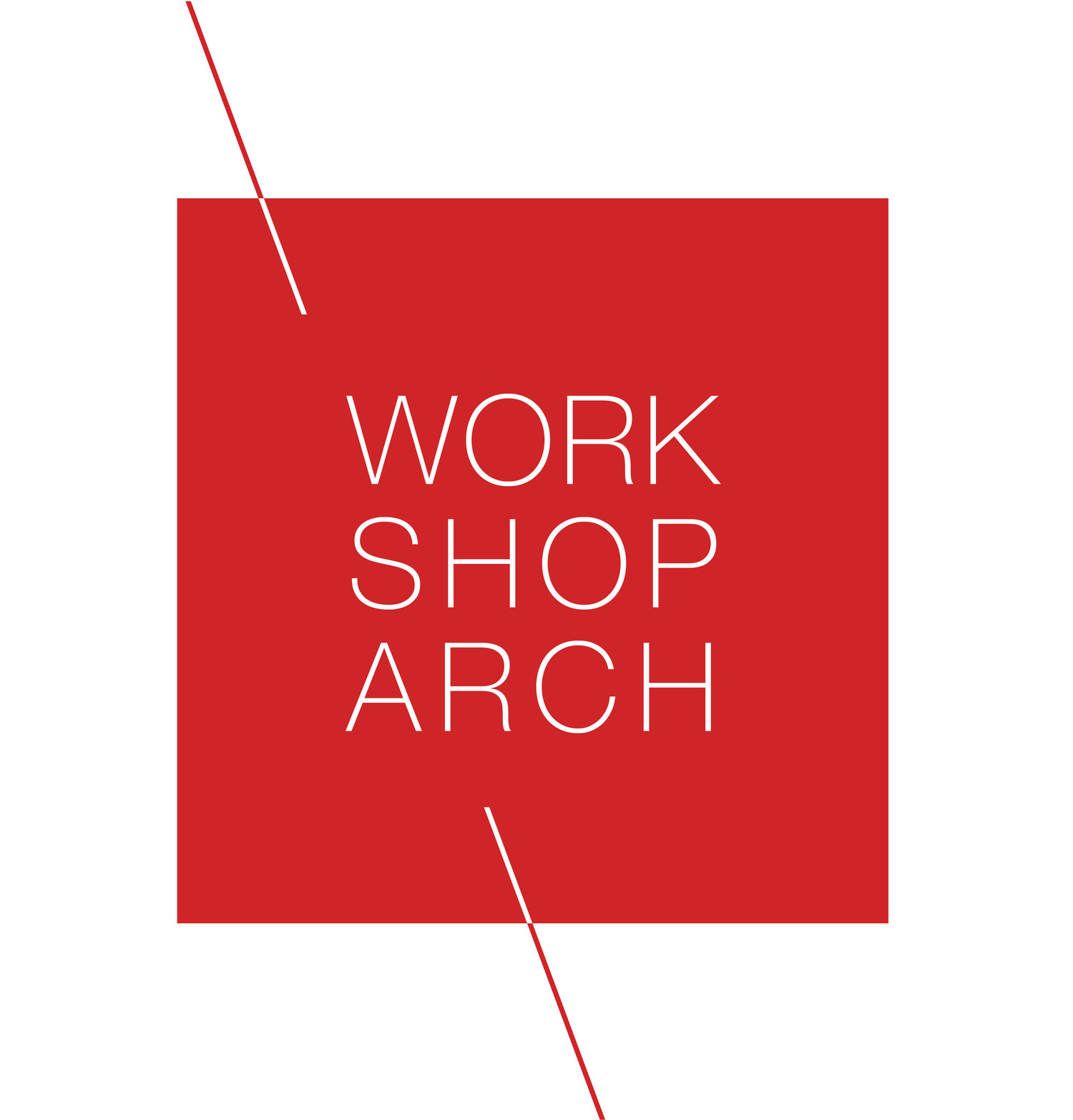Out of Office, In My Element
/Architecture can be an all-consuming profession. Part of why I started my own firm was to create a different culture in our industry, one in which life isn’t only about work. Turns out, it’s been easier to preach than practice. For example, we won this year’s Outstanding Emerging Professional Friendly Firm Award for creating a healthy and helpful work environment; meanwhile, I was working 10+ hour days for six or even seven days of the week. I realized I needed a change.
So I recently took some much needed vacation time to pursue my other passion - rock climbing. Although my interest in climbing came late in life, to my surprise, it had a lot of parallels to architecture, and so I quickly took to it. Both practices require intense focus, mental stamina, and problem solving. And because each new climbing route or design project can be approached and accomplished in infinitely many ways, both disciplines provide endless opportunities for experimenting and learning. Applying my architectural skills in the context of climbing over the years has invited valuable perspective and been a great compliment to my architectural practice. My fall vacation was no exception.
Where are the holds?!
You see, my climbing experience consists mainly of Chattanooga mountains, which are mostly sedimentary - limestone, shale, and sandstone. My climbing excursion, however, involved a trip to Brevard, North Carolina where all the rocks are granite, a type of rock I had no experience climbing. Granite is igneous. And while sedimentary rocks erode into ridges and pockets that create places to grip, igneous rock weathers to an almost impossibly smooth surface. With nothing to actually grab, granite climbing is a matter of friction, distributing weight, and maintaining balance. And strategizing is as much about tactility as it is about envisioning or planning. Experiencing this was a great reminder to inhabit and test the spaces I design and, thus, to get out from behind the desk more often.
This trip also involved “trad” and “multi-pitch” climbing, which I’d never done before and which require more attention and cooperation than is necessary for “sport” climbing. While “sport” involves clipping into existing, permanently placed anchors, “trad” (short for “traditional”) means there are no anchors, which adds a few precarious challenges. First, the climber must carry gear (read: more weight) to insert into cracks and crevices along the route to create temporary anchors. Second, there’s the extra responsibility and difficulty of trying to find and place a piece of equipment into a crack while balancing on the side of a smooth granite cliff. And third is the “multi-pitch” aspect. When the route is so long that it extends beyond the length of the rope and must be broken up into multiple sections, each with its own belay station, or “pitch.”
Climber and Belayer resting at a pitch
One of my buddies lead CLIMBING’ and setting anchors.
In order to accomplish a climb with multiple pitches while inserting temporary gear, the belayer has to climb up behind the lead climber, removing gear along the way. The tremendous amount of trust, communication, and cooperation demanded for multi-pitch climbing, undermines any notion that climbing is not a team sport. One’s performance is instrumental in the success of others and, likewise, one’s success is critically dependent upon the performance of others. This is also true in architecture, but it’s easy to forget because you’re not tethered to your collaborators and no one’s life is at stake, at least not in the moment.
the team, the “old man’s club,” is comprised of carpenters, an artist, a jailhouse nurse, an acrobatic pilot, a school teacher, and at least one architect - That’s me on the left.
Unlike architecture, the danger involved in climbing brings an immediacy to it. There’s just no room for everyday worry or stress. Survival mode kicks in, and undivided attention and presence are critical to safety. In contrast, the all-consuming nature of architecture is a choice. Architecture tends to attract perfectionists and obsessive personality types who will obsess over details, lose sight of the bigger picture, and must be pried away from work.
I am guilty of fulfilling the stereotypes. And climbing has helped me tremendously in gaining perspective, both by stepping outside the office and especially outside of myself. There’s nothing quite like clinging to a rock face to remind you of the bigger picture, the beauty and frailty of life, how we only get one shot, and how important it is to slooooow down, remember the bigger picture, and enjoy the process.
beautiful brevard, nc, and Me (not missing the forest for the trees)






